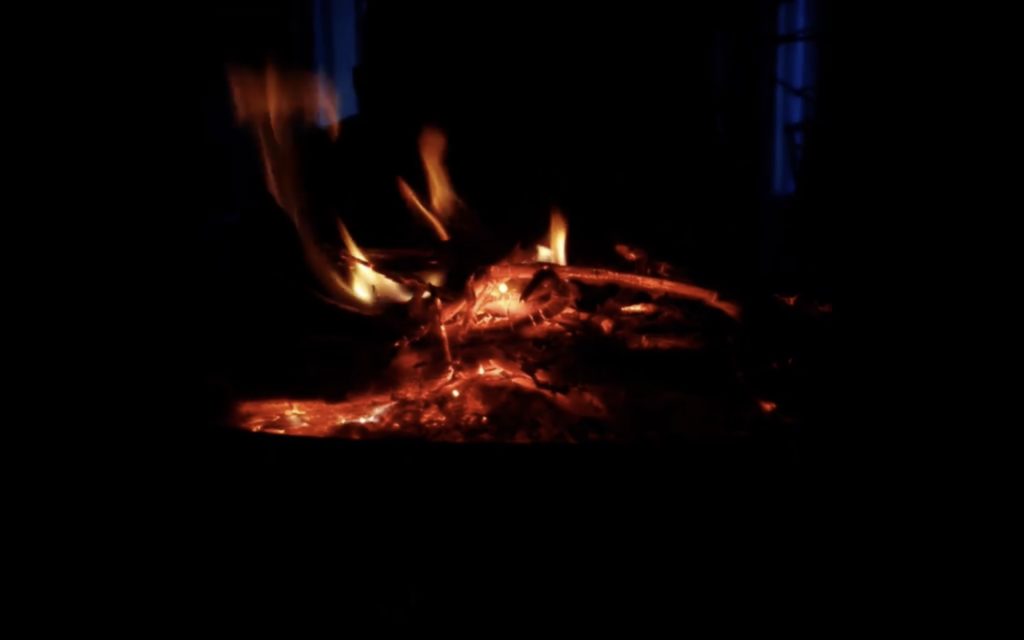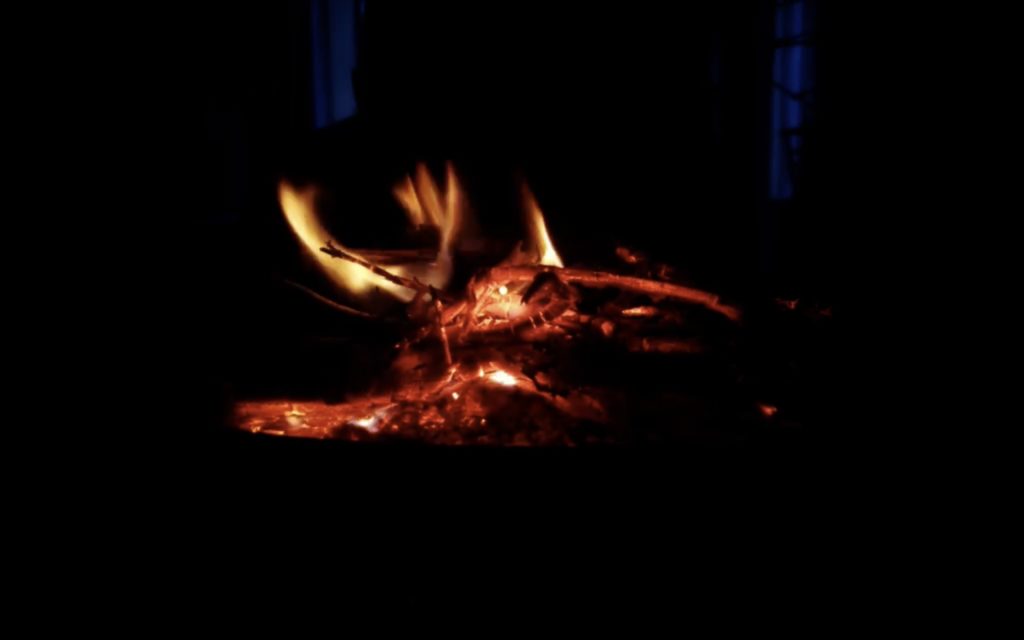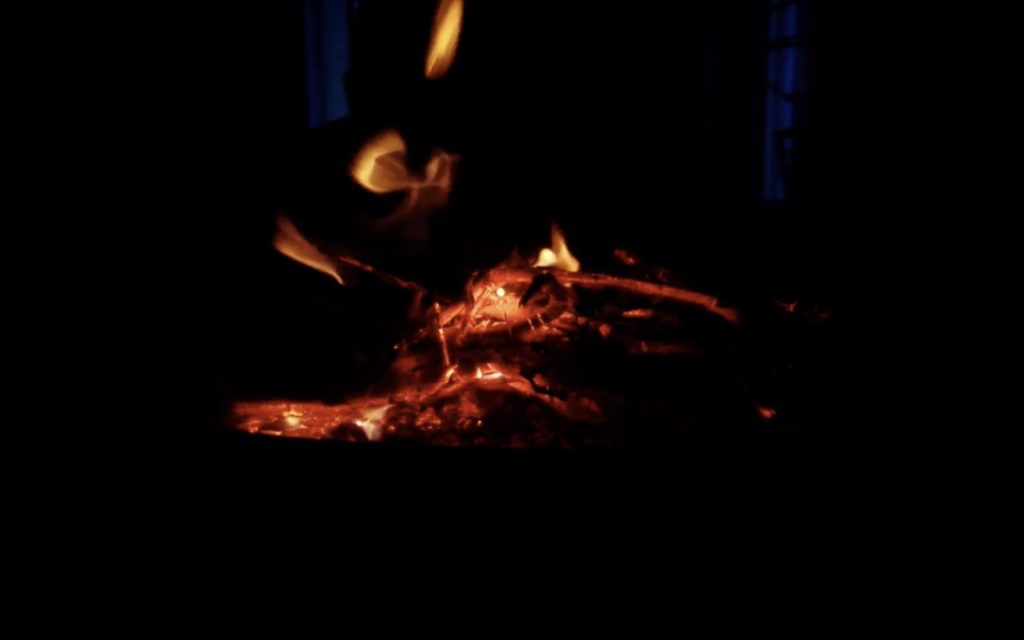2021 – DIPLOMA PROJECT
Ash is a material produced by the combustion of organic material. It’s volatile and friable. Visually, it looks like a powder. These qualities give to ashes the status of a dirty material. Ash is also shapeless, it doesn’t have any contour so we can’t associate a scale to it. Ashes are coloured in different variations of mat and shiny grey. The meaning of the ash is linked to the semantics of fire. It is an ancestral knowledge of humanity, it brings heat and light to the house and allows their owner to cook. However, it is also related to desolation and destruction when it is uncontrolled. This association can be explained by the importance of ashes in funeral rites. There are different types of ashes. First, there is industrial ash produced by thermal plants. These are reused in construction materials or as fertilizer. Then, there is domestic ash. It comes from fireplaces, stoves, barbecues or organic waste from fires. This raw material is produced by people or restaurants. In my project, I use the domestic ashes because they are not accepted and are considered as waste material. The goal of this project is to create materials which can be employed as new ways of self production for designers. These materials will have to show the visual and sensitive aspects of ashes.




The creation of a material for a designer is a new practice. In fact the process of creation in design usually goes through the following steps: first, the designer will «designare» which means imagine and then he will «design» which means draws. Next, the designer will « move to material». However, today we can see in the work of many designers a reverse methodology. The idea of the material is introduced before the manufacturing stage. Today we face an explosion of design sectors, and a trend of getting a more and more transversal practice. Therefore, some designers are taking up the question of material; this methodology has the consequence of reversing the project process and placing the material at the centre. Material creation is usually assigned to engineers because they have specific knowledge in sciences like physics and chemistry. Designers do not have this expertise, so they have to develop their own tools. Nevertheless the designers can bring a lot to material because designers create materials face actual issues to and aims to introduce it in the real world. In my project I choose experimenting as a tool of material creation. Experimenting consists of confronting something to reality. Applied to material it means explores its limits. The methodology implied consists of an alternative between experimentation and the analysis of the results. Experimenting aims at research the qualities of the material, and secondly, to explores ways to transform it. Moreover, this material must be supported by demonstrating objects, which show these qualities.
The approach implied by this project consists of an alternative between the experimentation and the analysis of the results. Experimenting aims in researching the qualities if the material, and secondly, to explore ways to transform it. Ash is mainly composed of potassium, calcium, soda in the form of chlorides, carbonates or sodium but also of metal oxides such as magnesium, iron or manganese. The proportion of each of the chemical elements depends of the material that was burned. In the case of household ash, variations can therefore be expected depending on the type of wood or fuel and the method of ignition. Considering this, it is important to note that it is possible to observe dissimilarities between results from different harvests.
